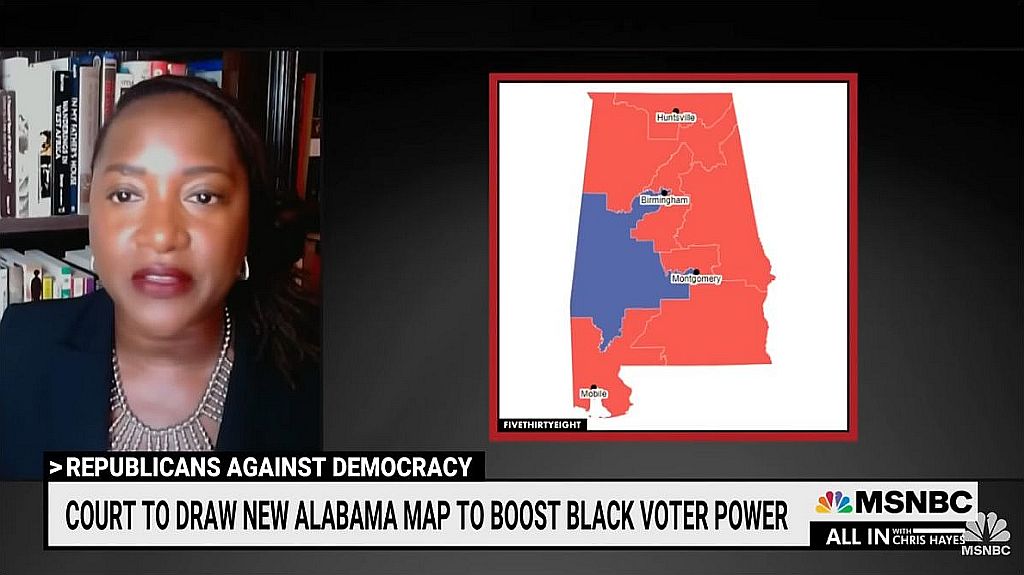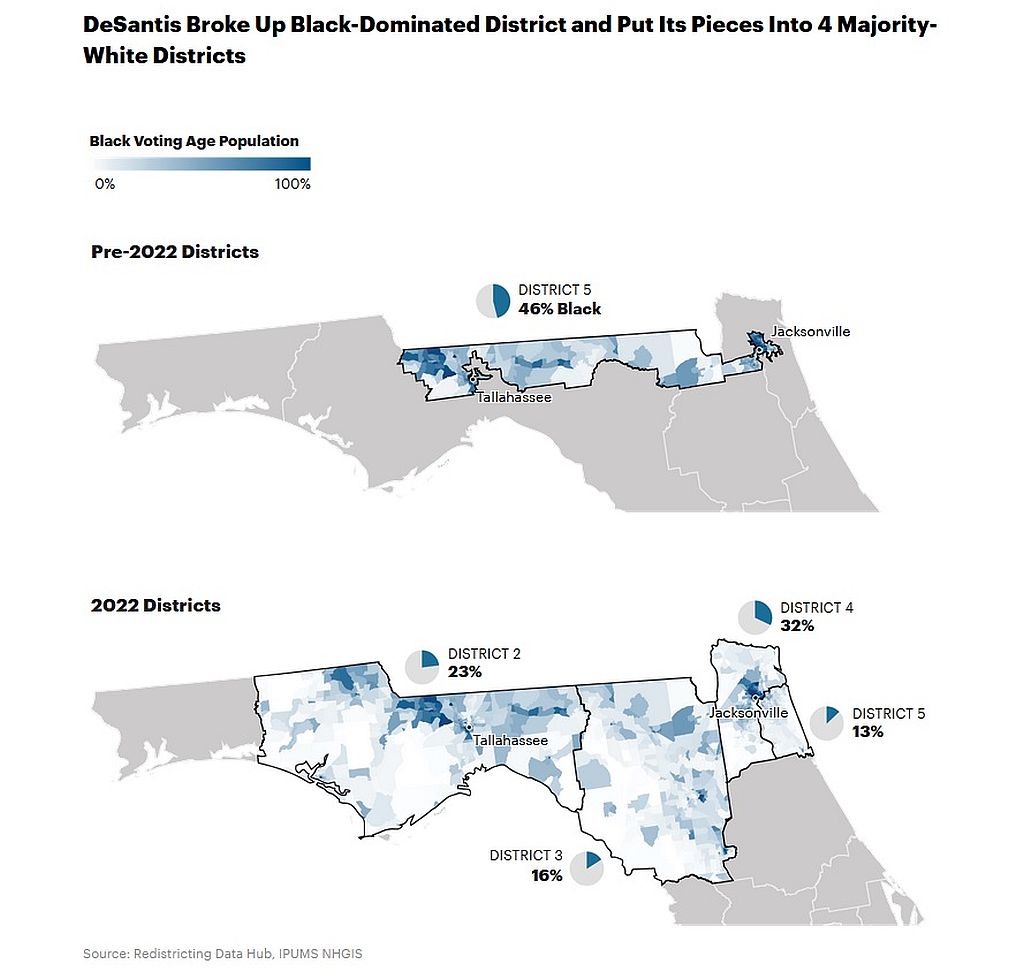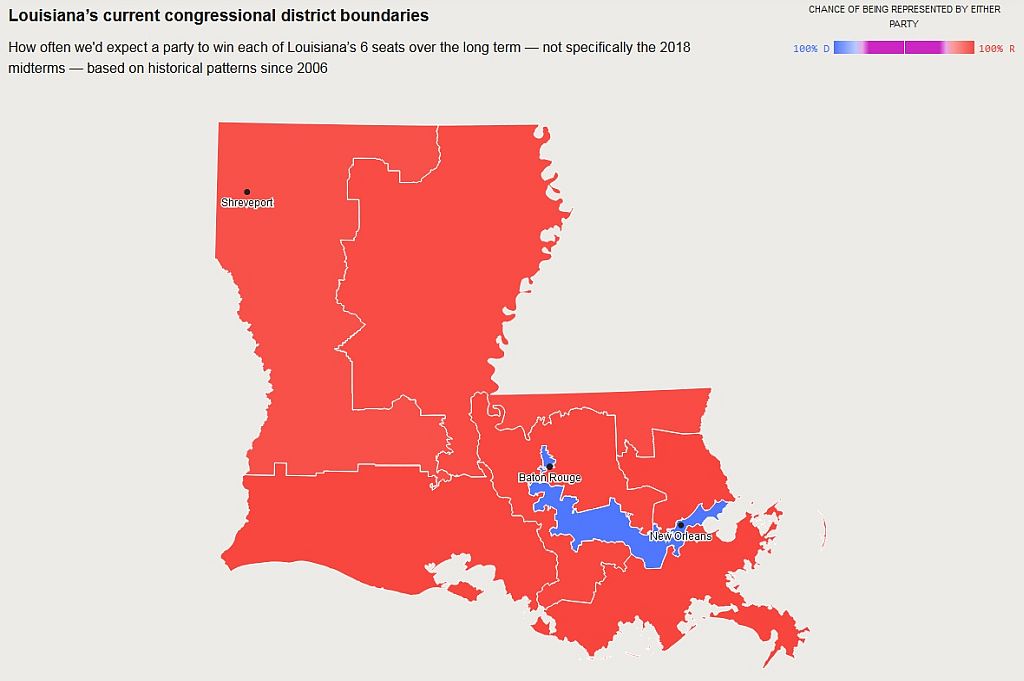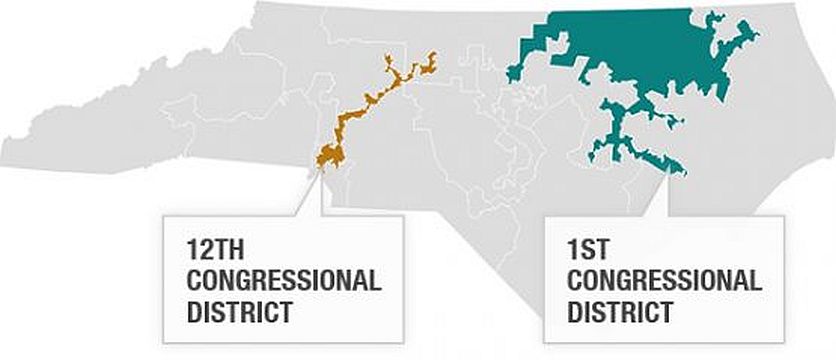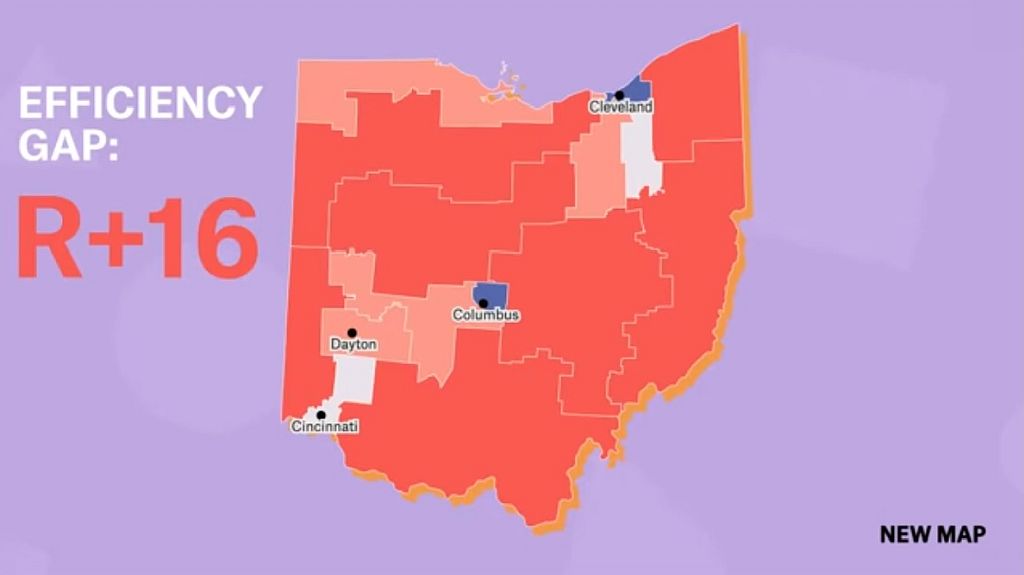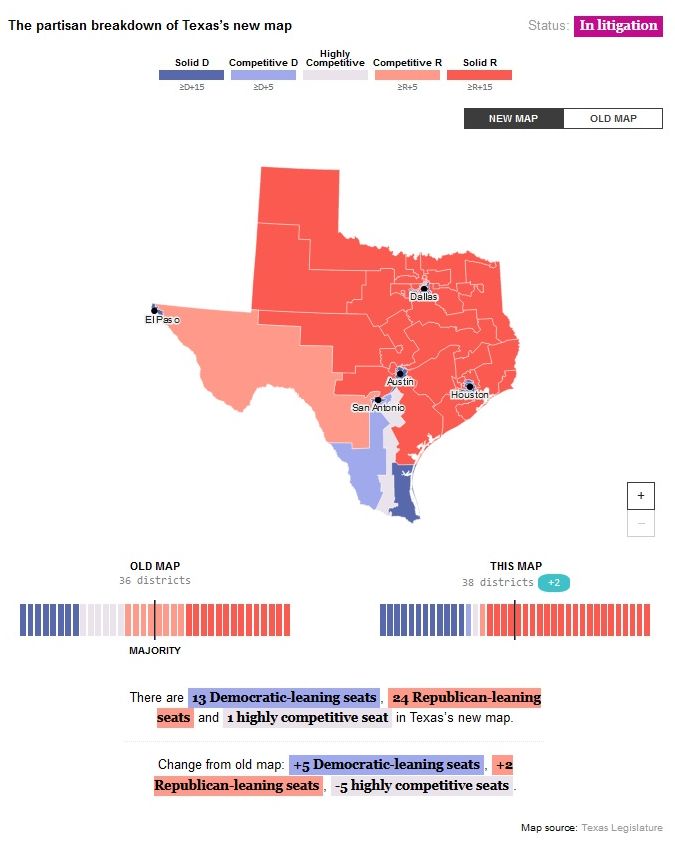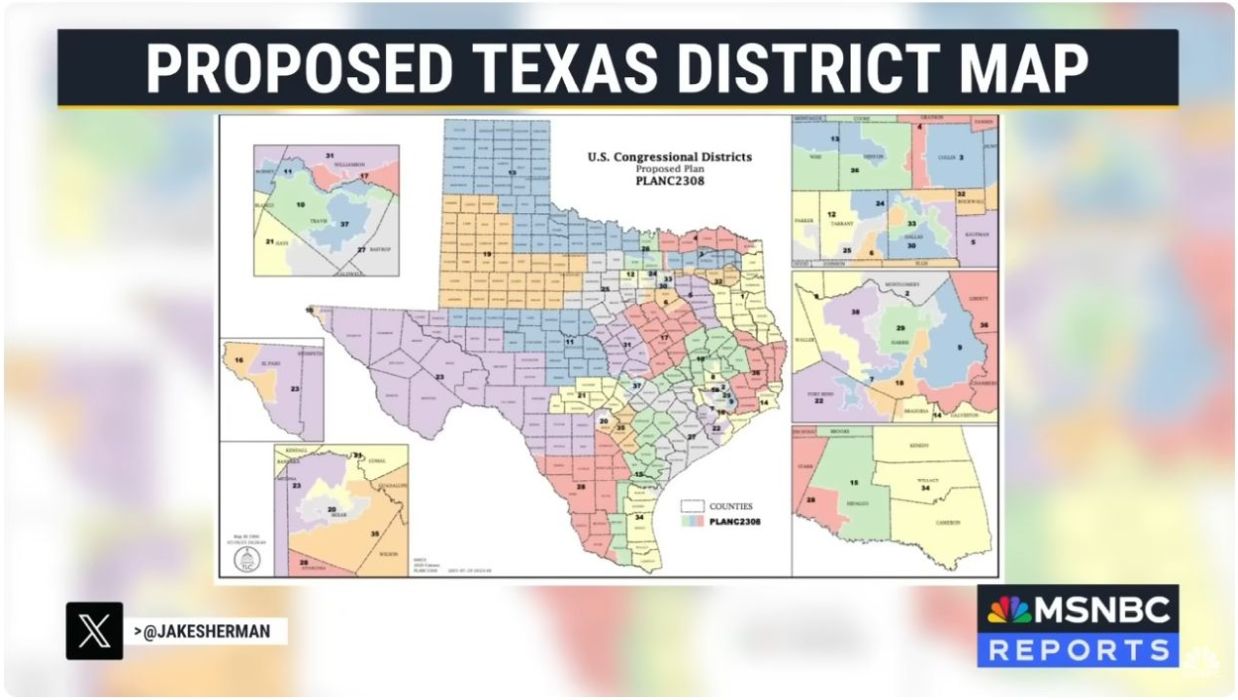
To Open The Sky

The Republican Party's Ruinous Revolt
In his 2018 book Trumpocracy: The Corruption of the American Republic, David Frum observed:
“Maybe you do not care much about the future of the Republican Party. You should. Conservatives will always be with us. If conservatives become convinced that they can not win democratically, they will not abandon conservatism. They will reject democracy.”
Conservatives prove how correct Frum was almost every day. For decades, they have been ignoring the wishes of the populace — the demos. Their goal is to rule, not to govern.
A brief history
Decline began for the Republican Party with the 1980 election of Ronald Reagan — he of the dictum "Government is not the solution to the problem; government is the problem." The slow downward slide gave us Newt Gingrich's "Contract [on] America" and Donald Trump's four years of baseless whining about "witch hunts" — as well as a Congress whose GOP members increasingly reject their oaths of office and their constutional duty to "promote the general Welfare." They obstruct almost every substantive measure Democrats propose. Instead of the traditional give-and-take, governing America today more closely resembles a football game where the only thing that matters is racking up a higher score than the other team.
A variety of groups have worked from then until now, mostly behind the scenes, to make Republican rule permanent.1 Foremost among them is the Heritage Foundation. It steadily drew together experts to forma plan for achieving that result. Now in its ninth iteration, the plan has the formal title A Mandate for Leadership. However, it is commonly known as "Project 2025." Disclaim it he might, but Trump follows it closely in his second term. Another critical element of this plan is the conservative majority Trump and Mitch McConnell manuevered onto the Supreme Court, and onto various state courts where GOP-led legislatures attempt to consolidate power unto themselves.
These states' efforts fall into two areas:
- Gerrmandering: designing maps of congressional or state districts for partisan advantage.
- Voter suppression: making it difficult for people to vote — again with an eye to partisan advantage.
Below I show selected examples of each. For an overview and links to supporting pages, go to the end of this report.
But first, I want to delve into a tactic Trump recently settled on. As his poll numbers tank, he has hit on the tactic of radical gerrymandering to preserve the Republican majority in the House. He recently asked Governor Greg Abbott of Texas to give him five extra Republican-safe seats by redrawing that state's district map. Abbott readily agreed, sparking a competition that may come to be known as the Gerrymander War.
Alabama
|
In late 2022, a US Supreme Court ruling upheld a lower court's ruling that the map Alabama used in its 2022 election violated the Voting Rights Act by diluting the power of Black voters. The lower court ordered the state to draw a new map with two districts where Black voters have a reasonable prospect of electing candidates they choose. It further ordered that in each of those districts the majority of the voting-age population "or something quite close to it" must be Black. The new map the Republican-controlled legislature came up in July with has only one majority-Black district. In another district, voting-age Blacks make up only 39.9% of the population. In effect, the legislature is thumbing its nose at the courts. On signing the map into law, Gov. Kay Ivey said, "The Legislature knows our state, our people and our districts better than the federal courts or activist groups." The court has now ordered that its Special Master and cartographer will take over the creation of a new map. The state has indicated that it plans to appeal once again to the US Supreme Court and also to the 11th US Circuit Court of Appeals, thus moving us closer to the 2024 elections with the matter still unresolved. A hearing is scheduled for 3 October. References:
|
Florida
|
Permanent felony disenfranchisement — all persons convicted of a felony lose the right to vote for the rest of their lives — was enshrined in Florida law in 1838, and took effect in 1845 when Florida became a state. Before 2018, Florida was one of four states where convicted felons are subject to permanent felony disenfranchisement. The Brennan Center for Justice in 2000 challenged Florida’s permanent disenfranchisement constitutional provision under the Fourteenth and Fifteenth Amendments of the U.S. Constitution and the Voting Rights Act of 1965. Despite evidence that Florida’s constitutional provision was rooted in 19th-century efforts to evade the mandate of the Fifteenth Amendment and deny Black men the right to vote, the Eleventh Circuit Court of Appeals upheld the law in 2005. In April 2007, Gov. Charlie Crist allowed non-violent offenders to have their rights automatically restored. A year later, his office announced that 115,000 felons had regained the right to vote. [More than 155,000 applications for voting right restoration were approved during his term. If automatic, why apply?] Between 2010 and 2016, the number of disenfranchised Floridians grew by nearly 150,000 to an estimated total of 1,686,000. In 2016, more than one in five of Florida’s Black voting-age population was disenfranchised. When Rick Scott succeeded Crist, he ended automatic restoration on the advice of AG Pam Bondi, instituting a mandatory five-year wait. Only 3,000 applications were approved during the first seven years of Scott’s term. A lawsuit was filed in District Court for the Nothern District of Florida by seven former felons in March of 2017, alleging the process is unconstitutional due to its arbitrary nature. In March 2018, District Court Judge Mark E. Walker ruled in the case of Hand v. Scott the process was unconstitutional because it relied too much on personal appeal to Gov. Scott. The state appealed to the United States Court of Appeals for the Eleventh Circuit,[18] which stayed Walker’s ruling pending appeal.[19] An analysis conducted by The Palm Beach Post demonstrated that Scott discriminated against African Americans in re-enfranchisement hearings and favored Republicans.[20] [Wikipedia article confuses Palm Beach Post with Sarasota Herald-Tribune] On 6 November 2018, Florida voters faced a referendum known as the Voting Rights Restoration for Felons Initiative (aka Florida Amendment 4.) The measure had support from the American Civil Liberties Union, Christian Coalition of America, and Freedom Partners. It passed with 64.55% of voters in favor. Prior to passage, felons had to wait five to seven years after the end of their sentence before they could apply to have their voting rights restored. The amendment went into effect on 8 January 2019, restoring voting rights to an estimated 1.4 million people with felony convictions. Gov. Ron DeSantis signed Senate Bill 7066 into law in June 2019, effectively nullifying Amendment 4 until felons have paid fines and other legal costs. The Brennan Center and other civil and voting rights groups challenged this law. The trial court found it unconstitutional, partly because Florida does not reliably track felons’ legal costs. However, the en banc Eleventh reversed and vacated the lower court’s ruling. In 2022 and 2023, dozens of citizens were arrested for allegedly registering and voting in 2020 while ineligible because of outstanding fees. The Brennan Center, ACLU of Florida, NAACP Legal Defense Fund, ACLU, Florida NAACP, and League of Women Voters of Florida sent a letter to Secretary of State Cord Byrd putting him on notice that Florida’s voter registration form violates the National Voter Registration Act because it fails to adequately inform applicants with felony convictions of the eligibility requirements. After state courts acquitted three of those charged, the legislature passed a bill strengthening the state’s ability to prosecute voting irregularities, and Gov. DeSantis signed it into law on 15 February 2023. The Brennan Center and others challenged this law, but lost in court. A former slave named Josiah Walls was Florida’s first Black member of Congress. Elected in 1870, he soon lost the office as the Jim Crow era took hold and maps were redrawn to white advantage. Not until 1992 did Florida send another Black to Congress — and then it sent three to the House, after a federal court created three districts with pluralities of Black voters. In 2010, Florida became one of the first states to outlaw such partisan gerrymandering. A referendum knows as the Fair Districts Amendment was added to the state constitution with 63% of the vote. It forbid any map created with “the intent to favor or disfavor a political party.” Legislators held public hearings across the state so their constituents could learn about the measure and raise any objections they had. A judge found in 2015 that the hearings had a more devious purpose: They were opportunities for individuals recruited to present maps the state Republicans had created. The Florida Supreme Court responded forcefully in 2015, throwing out these partisan maps and ordering up its own. One result was District 5, which drew together several Black communities — a district which sent Al Lawson to Congress. New census data in 2021 gave the legislature another opportunity to create a map. This time they were more careful. This was the map that so displeased DeSantis. When Ron DeSantis won his second term as Florida’s governor, he found that the district map, as previously drawn by Republicans, gave them only a small advantage over the Democrats. DeSantis threw out that map and caused a new one to be drawn up. It gave Republicans such a lopsided advantage that even the Florida-led legislature objected. But DeSantis overrode them and pushed the map through. It broke up Lawson's district into four pieces and tucked each fragment into a majority-white, heavily Republican district. Circuit Court Judge J. Layne Smith, a DeSantis appointee, imposed a temporary injunction that would preserve Lawson’s district through the 2022 midterm elections. That ruling was quickly overturned by an appelate court. In September 2023, another Florida court found the map unconstitutional. Cord Byrd, Florida Attorney General, is expected to appeal that ruling to the state Supreme Court. Every justice on that court is a Republican, and the majority are DeSantis appointees. References:
|
Georgia
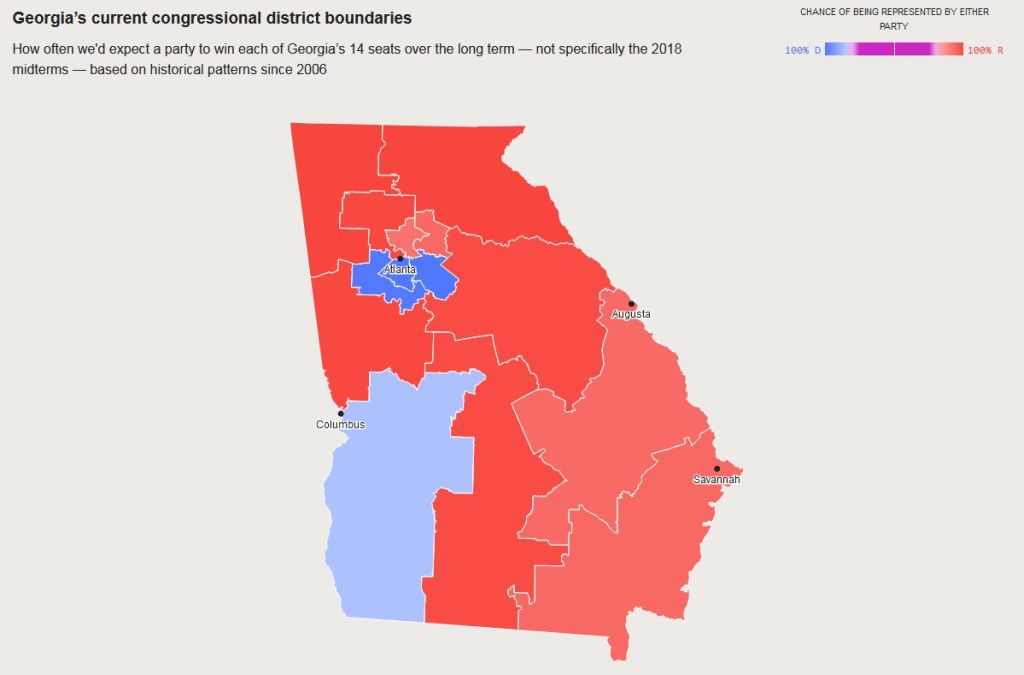
Georgia's current congressional district boundaries
The Atlas of Redistricting, FiveThirtyEight, 25 January 2018
|
Both congressional and state legislative district lines are drawn by the Georgia state legislature. Following the 2020 census, Georgia was awarded 14 congressional districts.
As you can see from the map provided by FiveThirtyEight, four out of Georgia's 14 congressional districts reliably go Democratic. (Visit the site for aan interactive map and more details.) References:
|
Louisiana
|
Following the census of 2020, Louisiana was apportioned six congressional districts — the same number it had in 2010. The state legislature delivered new congressional-district maps to Gov. John Bel Edwards on 18 February 2022. He vetoed them on 9 March (while allowing the state district map enter service without his signature.) The congressional map became law on 30 March when the legislature overrode his veto. On 6 June, the United States District Court for the Middle District of Louisiana struck down this map. on the same day, appealed the judgement to the United States Court of Appeals for the Fifth Circuit. Gov. Edwards called for a special legislative session on 7 June, and on 9 June the Court of Appeals stayed the District Court's ruling. On 17 June, Louisiana's AG appealed the ruling to the uS Supreme Court. The special session adjourned on 18 June without producing a new map. On 28 June, the US Supreme Court stayed the District Court's ruling, allowing that map to be used in the 2022 election. On 26 June 2023, the US Spreme Court dismissed the AG's appeal and allowed the matter to proceed before the Fifth Circuit Court of Appeals. The new map the Republican-controlled legislature came up in July with has only one majority-Black district. In another district, voting-age Blacks make up only 39.9% of the population. In effect, the legislature is thumbing its nose at the courts. On signing the map into law, Gov. Kay Ivey said, "The Legislature knows our state, our people and our districts better than the federal courts or activist groups." The court has now ordered that its Special Master and cartographer will take over the creation of a new map. The state has indicated that it plans to appeal once again to the US Supreme Court and also to the 11th US Circuit Court of Appeals, thus moving us closer to the 2024 elections with the matter still unresolved. A hearing is scheduled for 3 October. References:
|
North Carolina
|
The Tarheel State began 2022 with a significant built-in advantage for the Republican Party. Although most of the state's districts contain roughly equal numbers of Republican and Democratic voters, the maps gave the Republican Party the edge in 10 of 14 districts. North Carolina’s liberal Supreme Court ruled that partisan gerrymandering violated the state constitution's free-election provisions. “The General Assembly violates the North Carolina Constitution when it deprives a voter of his or her right to substantially equal voting power on the basis of partisan affiliation,” the ruling stated. A political map that “diminishes or dilutes a voter’s opportunity to aggregate with like-minded voters,” the justices said, “unconstitutionally infringes on that voter’s fundamental right to vote.” Not only was the Republican-dominted legislature ordered to create new maps, it was required to perform statistical analyses to demonstrate that those maps would provide “a significant likelihood that the districting plan will give the voters of all political parties substantially equal opportunity to translate votes into seats.” But when conservatives gained a majority on the Court in January 2023, they reversed that decision. The basis for the 5:2 ruling in Harper v. Hall was that the state constitution expressly limits the power to regulate elections to the legislature, as representatives of the people — and that courts have no authority over such matters. The practical effect is to grant Republicans at least three more seats in the US House in the 2024 elections. This reflects a trend of partisan politicization of high courts in states that elect their judges. References:
|
Ohio
|
Ohio voters passed a 2015 referendum requiring that a bipartisan redistricting commission be created. Soon after that, an amendment was added to the state constitution forbidding districts being redrawn for partisan advantage. When data from the 2020 census became available, Republicans on the redistricting commission produced maps that were challenged in state court on the basis that they were unconstitutional. The Ohio Supreme Court struck down the maps in January 2021 as unconstitutional and ordered the commission to draw up new ones that reflected Ohio's partisan balance more fairly. It noted that the maps it rejected would have given the GOP a more lopsided advantage than the 8% it already enjoyed. Chief Justice Maureen O'Connor, a Republican, was the swing vote in both rulings. The GOP-led legislature decided to play hardball. It came up with four new sets of maps. The court deemed each one unacceptable. The standoff was broken when a conservative activist sued in federal court to force the state to hold a primary election. The federal district court ruled that the state must use the least objectionable existing maps. Chief Justice O'Connor has resigned; Sharon Kennedy, a GOP hardliner, has replaced her. Groups such as the ACLU of Ohio continued to challenge the unconstitutional maps used in the 2022 elections, but lately have moved to withdraw their challenges in the face of an ongoing stalemate. References:
|
Texas
|
Census data show that between 2010 and 2020, the population of Texas rose by four million people. Ninety-five percent of these were people of color, and fifty percent were Latinos. Yet the number of congressional districts where people of color held a majority remained at 9, unchanged from the previous decade. Put another way, although Latino Texans outnumber non-Latino Texans 2 to 1, there are twice as many majority-white districts as majority-Latino districts. The old Texas map had fourteen districts that were competitive; the new one narrows that to three. The state now has an efficiency gap of R+15, meaning that Republicans are 15 percent more likely to win a seat in Congress than they would be if all districts were fairly apportioned. Previously, in the case of Abbott v. Perez, the US Supreme Court rejeucted nearly all of the claims that Republican lawmakers had redrawn districts for purposes of racial gerrymandering: diluting the influence of minority voters. Chief Justice John Roberts wrote that it is not the Court's responsibility to oversee such political questions, and that such partisan gerrymandering should be left to the states. David Vance, a national media strategist for Common Cause, made this assessment: “I think you've seen in the voting process all sorts of efforts to minimize the power of voters of color, and that that's either through some of the sort of racial gerrymandering, discriminatory voter ID laws, and, most recently, limiting ballot drop off points. It’s definitely an unfortunate pattern.” References:
|
Wisconsin
|
In April 2023, liberal Janet Protasiewicz won a seat on the Wisconsin Supreme Court, beating her Republican opponent by 11 points and giving Democrats a 4:3 majority. The legislature, where Republicans hold a supermajority, threatens her with impeachment before she has ruled on any cases. This is a direct violation of state law, which requires evidence of corruption or commission of a crime. Their motivation is her opposition to the way the state has been gerrymandered to favor the GOP. They want her to recuse herself from ruling on the case challenging the redistricting plan. (They also dislike her support for abortion rights.) Should the assembly vote to impeach her, she would be suspended from taking part in any cases before the Court. If the state Senate should convict her, she would be removed from the Court and Democratic Governor Tony Evers would appoint another Democratic justice. This replacement would also have to run for the office. (Speaking on MSNBC, Charlie Sykes said her replacement could take office immediately.) If the Senate does not act, she would effectively become a cipher, holding the office but unable to do anything meaningful. GOP strategy, therefore, would be to suspend her — meaning she could remain on the Court but would be powerless, unable to render any judgments. References:
|
Overview of states
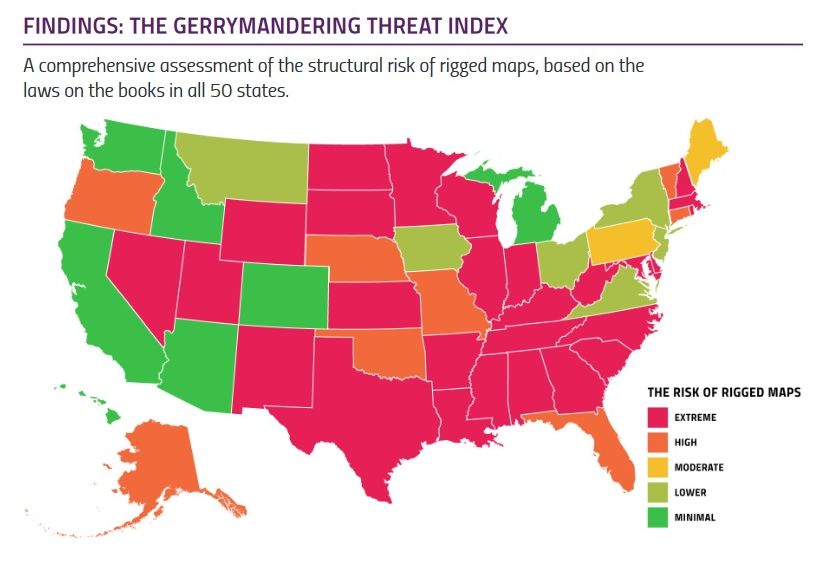
Why is gerrymandering so bad? A state by state guide
By Anh-Linh Kearney | RepresentUs Research Analyst | updated 1 May 2023
|
This section presents discussion and analysis of the risks and impacts of gerrymandering for all fifty states. References:
|
Federal Actions on Gerrymandering
Since the filibuster in the Senate permits the minority party there to block any legislation it opposes, recent actions on gerrymandering at the federal level have come from the Supreme Court. In 2023 it ruled that federal courts have no authority to decide cases involving partisan gerrymandering, and in May 2024 it ruled in Alexander v. South Carolina NAACP that the state's new map reducing Black citizens' influence was partisan redistricting, not racial resdistricting — and hence perfectly legal.
This Supreme Court, with its conservative supermajority, works with dedication to undermine America's rule of "One person, one vote." That standard can be upheld if all citizens who value democracy get out and vote this November.
References:
- Gerrymandering Explained (Julia Kirschenbaum & Michael Li, Brennan Center for Justice, 9 June 2023)
- The Supreme Court, Gerrymandering, and the Rule of Law (Paul M. Smith, American Bar Association, 26 July 2023)
- WOW: Jim Jordan finally gets what he deserves from Fani Willis in Georgia (Janie Boschma et al.Brian Tyler Cohen, 7 September 2023)
- The high stakes in a new Supreme Court showdown over gerrymandering (Ian Millhiser, Vox, 5 October 2023)
- The Supreme Court Just Made Gerrymandering Even Easier (Michael Waldman, Brennan Center for Justice, 29 May 2024)
My intent here is merely to summarize the situation in several states, and to add something about interference with state governments from the federal level. The details of these clashes and misdirections are complicated and evolve from day to day.
Here's the takeaway: While the Democratic Party has done gerrymandering at times, this interference with legitimate governance is coming mainly from Republicans. They care nothing about their constitutional duties or the will of the people. They only want to rule, not to govern.
